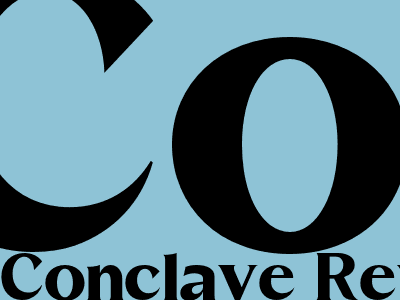Conclave Review: Unlocking the Secrets of the Vatican's Inner Circle
A Comprehensive Guide to the Papal Election Process
The conclave, a centuries-old tradition, remains one of the most secretive and enigmatic rituals in the Catholic Church. Held in the Sistine Chapel, this gathering of cardinals determines who will lead the world's 1.3 billion Catholics for the next papacy.The History and Evolution of the Conclave
The conclave originated in the 13th century, following the death of Pope Gregory X. The prolonged and chaotic election that ensued led to reforms, including the introduction of secret ballots and the confinement of cardinals to the Vatican. Over the centuries, the process has undergone various modifications, including the establishment of a two-thirds majority requirement for election.
In modern times, the conclave has drawn global attention, with media outlets closely scrutinizing the proceedings and speculating on potential outcomes. Despite the secrecy surrounding the event, certain aspects have been revealed, allowing for a deeper understanding of this pivotal moment in Catholic history.
Inside the Sistine Chapel: The Voting Process
The cardinals gather in the Sistine Chapel, their every move observed by Vatican officials. The solemn atmosphere is punctuated by the burning of ballots, the smoke signals of which announce to the waiting world the progress of the election.
Each cardinal casts his vote in secret, writing the name of his chosen candidate on a ballot. The ballots are then placed in an urn and counted in front of all present. If no candidate receives the necessary two-thirds majority on the first ballot, subsequent rounds of voting continue until a consensus is reached.
The process can be lengthy, sometimes spanning several days, as cardinals engage in intense deliberation and negotiation. The secrecy surrounding the voting ensures that each cardinal can freely express his opinion without external influence.
The Election of the New Pope: Acceptance and Proclamation
Once a candidate receives the required majority, the Dean of the College of Cardinals approaches him with the question, "Do you accept your canonical election as Supreme Pontiff?" If the candidate accepts, he chooses his papal name and is vested in the white papal robes.
The newly elected pope then appears on the balcony of St. Peter's Basilica, where he imparts his first blessing to the gathered crowd. The moment is met with thunderous applause and celebration, as the world welcomes its new spiritual leader.
The Significance and Impact of the Conclave
The conclave holds immense significance for the Catholic Church and the wider world. It represents the transition of power and the continuity of leadership within the oldest institution in Western civilization.
The choice of a new pope can have profound implications for the direction of the Church, its teachings, and its relations with other faiths and world leaders. The conclave is a reminder of the enduring influence of the Catholic Church and its central role in shaping history.

Comments